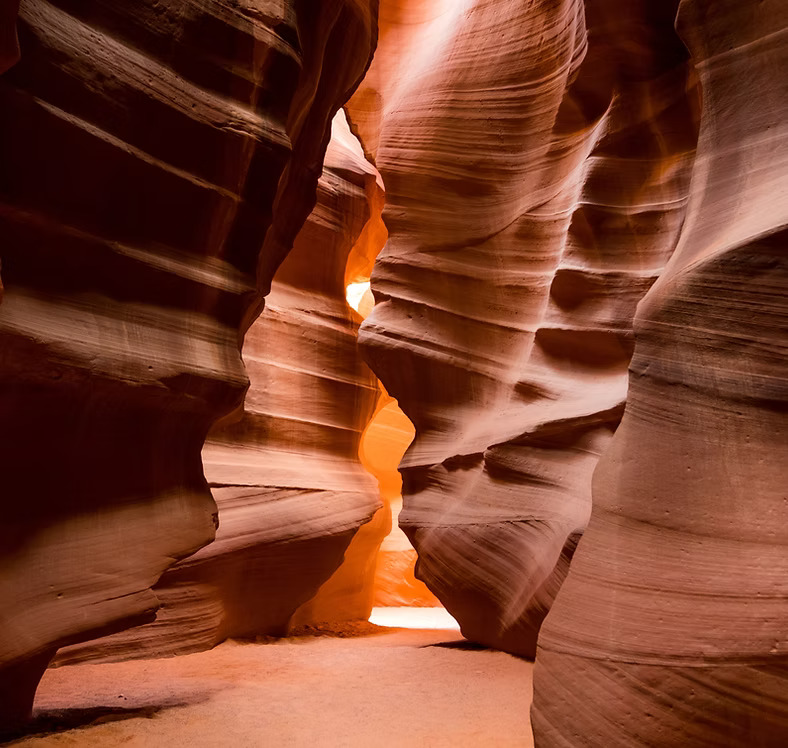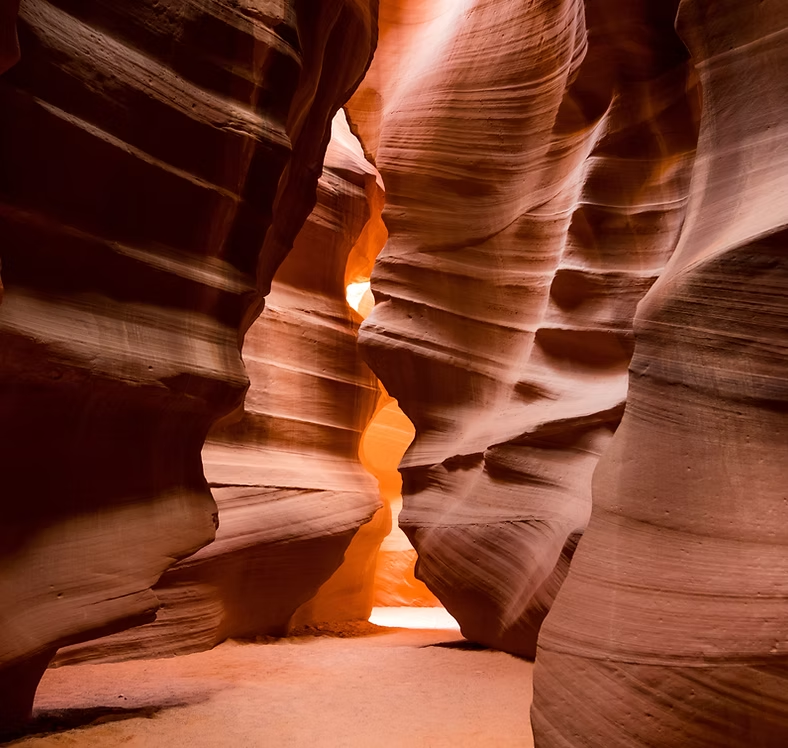
Grand Canyon
Explore Grand Canyon
Grand Canyon
Grand Canyon, AZ: A Natural Wonder of the World
The Grand Canyon, one of the Seven Natural Wonders of the World, is a breathtaking destination known for its dramatic landscapes, towering rock formations, and awe-inspiring views. Carved by the Colorado River over millions of years, this UNESCO World Heritage Site offers unparalleled hiking, rafting, and sightseeing opportunities. Whether you're exploring the South Rim, venturing into the canyon, or taking a scenic helicopter tour, the Grand Canyon is a must-visit destination for adventure seekers, nature lovers, and photographers alike.
Frequently Asked Questions: Grand Canyon, AZ
The best time to visit depends on your preferred weather and crowd levels:
- March–May (Spring): Best for mild temperatures and wildflowers, with fewer crowds.
- June–August (Summer): Ideal for hiking and rafting, but expect high temperatures and peak crowds.
- September–November (Fall): Great for cooler weather, stunning fall colors, and fewer tourists.
- December–February (Winter): Best for snow-covered canyon views, solitude, and lower hotel prices.
- South Rim – The most popular area, offering scenic viewpoints, visitor centers, and hiking trails.
- North Rim – A quieter, less crowded section with breathtaking views (seasonal access May–October).
- Grand Canyon Skywalk (West Rim) – A glass bridge extending over the canyon for incredible views.
- Havasu Falls – A stunning turquoise waterfall within the Havasupai Indian Reservation.
- Bright Angel Trail – One of the most famous hiking trails leading deep into the canyon.
- Desert View Watchtower – A historic landmark offering panoramic canyon views.
- Colorado River Rafting – A thrilling way to experience the canyon from the water.
- Mather Point – A popular viewpoint near the South Rim Visitor Center.
- Hopi House – A historic Native American structure showcasing art and crafts.
- Phantom Ranch – A remote lodge at the bottom of the canyon, accessible by hike or mule ride.
- Navajo Tacos – A traditional fry bread topped with beans, meat, and vegetables.
- Piki Bread – A thin, blue corn-based bread made by the Hopi people.
- Mesquite-Grilled Steaks – A Southwest specialty, available at local lodges and restaurants.
- Prickly Pear Margaritas – A refreshing drink made from the fruit of the prickly pear cactus.
- Southwestern Chili – A hearty stew with beans, meat, and bold spices.
- Buffalo Burgers – A lean and flavorful alternative to traditional beef burgers.
- Sonoran Hot Dogs – A bacon-wrapped hot dog topped with southwestern-style ingredients.
- Flights: The closest airports are Flagstaff Pulliam Airport (FLG), Phoenix Sky Harbor (PHX), and Las Vegas McCarran (LAS).
- Car Rentals: The best way to explore the Grand Canyon and surrounding areas.
- Shuttle Services: The National Park Service offers free shuttle buses within the South Rim.
- Train: The Grand Canyon Railway from Williams, AZ, offers a scenic ride to the South Rim.
- Helicopter Tours: Depart from Las Vegas or Grand Canyon Airport for aerial views.
- Rafting Tours: Multi-day river rafting trips offer a unique way to explore the canyon.
- For U.S. travelers: No passport or visa required.
- For international travelers: A valid passport is required, and a visa may be necessary depending on your country.
- Visitors from Visa Waiver Program (VWP) countries: May need an ESTA (Electronic System for Travel Authorization).
- Currency: U.S. Dollar (USD).
- Credit cards are widely accepted, but some remote areas prefer cash.
- ATMs are available in Grand Canyon Village and at visitor centers.
- Currency exchange services are limited in rural areas—exchange money before arrival if needed.
- English is the primary language spoken.
- Navajo and Hopi languages are spoken in some Native American communities.
- Most tourist attractions and visitor centers have English-speaking staff.
- Respect Native American lands—some areas require special permits for access.
- Stay on designated trails—off-trail hiking can be dangerous and harmful to the ecosystem.
- Tipping is customary (15-20% at restaurants, $1-2 per drink at bars, and for taxi/rideshare drivers).
- Prepare for changing weather—temperatures can vary greatly between the rim and the canyon floor.
- Practice “Leave No Trace” principles—pack out all trash and respect the environment.
- Restaurants: 18–20% tip is standard for good service.
- Bars: $1–2 per drink or 15–20% of the total bill.
- Hotels: $2–5 per bag for bellhops, $2–5 per night for housekeeping.
- Taxis & Rideshares: 10–15% tip is appreciated.
- Tour Guides & Excursions: $10–20 per person for great service.
- For peak season (Summer & Spring Break): Book 6–12 months in advance for hotels and tours.
- For Phantom Ranch & guided hikes: Book at least 12 months ahead (spots fill quickly).
- For Grand Canyon Railway: Book at least 3–6 months ahead for best seating options.
- For helicopter and rafting tours: Book 3–6 months in advance for guaranteed availability.
- For last-minute trips: Accommodations inside the park may be full, but lodging in nearby towns may still be available.
- COVID-19 restrictions have been lifted, but check for any updates before traveling.
- Some areas, such as Havasu Falls, require special permits and advance reservations.
- Weather conditions can impact access to trails and roads—check forecasts before visiting.
Contact us at 281-229-0862 or admin@pointmetoparadise.com
